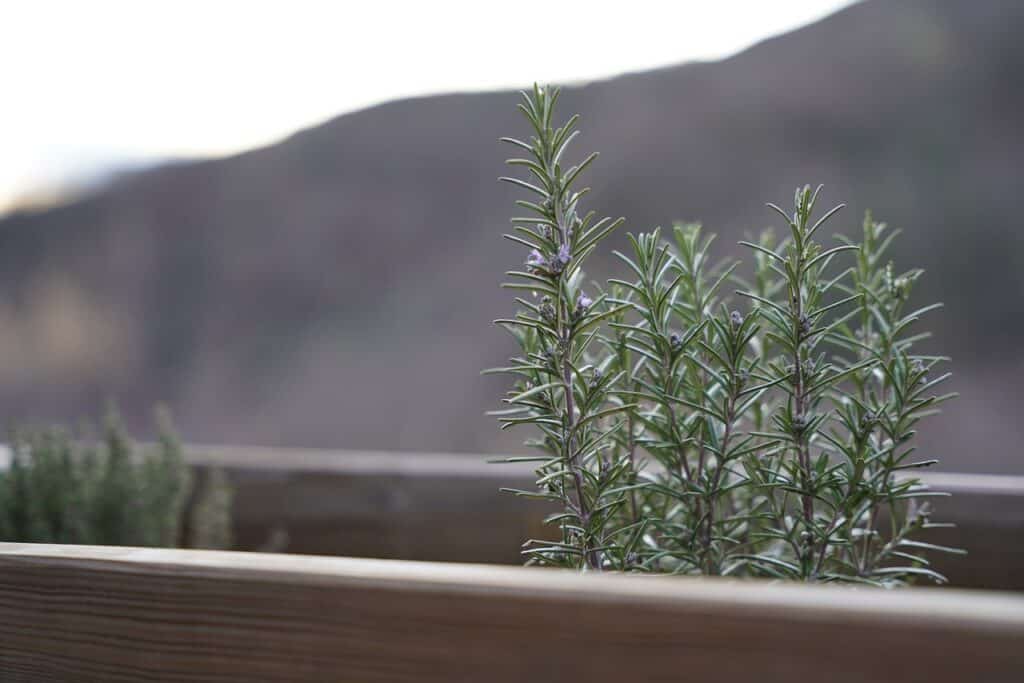Rosemary is a popular herb that is commonly used in cooking and has many health benefits. It is an easy plant to grow, and it can be grown indoors from seed. Growing rosemary indoors from seed can be a rewarding experience, but it requires some patience and attention to detail. In this article, we will explore how to grow rosemary indoors from seed, including important subtopics such as preparing the soil, planting the seeds, and caring for the seedlings.

Preparing the Soil
When growing rosemary from seed indoors, it is important to start with the right soil. The soil should be well-draining, rich in nutrients, and have a pH level of around 6.0 to 7.0. A good soil mixture for growing rosemary from seed is a blend of potting soil, sand, and perlite. This mixture will provide the right amount of drainage and nutrients for the seedlings.
Planting the Seeds
Once you have prepared the soil, it is time to plant the seeds. Rosemary seeds are small and require a light covering of soil. To plant the seeds, fill a small container or seed tray with the prepared soil mixture. Scatter the seeds evenly over the surface of the soil, then cover them lightly with a thin layer of soil. Water the soil gently, being careful not to displace the seeds.
It is important to keep the soil moist but not waterlogged during the germination process. Cover the container or seed tray with plastic wrap to create a greenhouse effect and retain moisture. Place the container or seed tray in a warm, sunny location, such as a windowsill or under grow lights.
Caring for the Seedlings
As the seedlings emerge, remove the plastic wrap and provide them with plenty of light. A grow light can be used to supplement natural light if necessary. Keep the soil moist but not waterlogged, and fertilize the seedlings with a balanced fertilizer once a month.
Once the seedlings have grown to a height of around 3 inches, they can be transplanted into individual pots. Use a potting mix that is well-draining and nutrient-rich. Choose pots that are at least 6 inches deep, as rosemary has a deep root system.
When transplanting the seedlings, be careful not to damage the roots. Dig a small hole in the center of the potting mix and gently place the seedling in the hole. Firm the soil around the base of the seedling, then water thoroughly.
Caring for Rosemary Indoors
Rosemary is a relatively easy herb to care for once it is established. When grown indoors, it requires bright, direct sunlight for at least six hours a day. If natural light is limited, supplement with a grow light. Keep the soil moist but not waterlogged, and fertilize the plant once a month with a balanced fertilizer.
Rosemary is prone to spider mites and whiteflies, so it is important to keep an eye out for these pests. If you notice any signs of infestation, treat the plant with insecticidal soap or neem oil.
Harvesting Rosemary
Rosemary can be harvested once the plant has reached a height of around 6 to 8 inches. To harvest, simply pinch off the tips of the stems, or cut the stems back by a third. This will encourage bushier growth and prevent the plant from becoming too leggy.

Conclusion
In conclusion, growing rosemary indoors from seed is a rewarding experience that can provide you with fresh herbs year-round. By following the tips outlined in this article, you can successfully grow healthy, vibrant rosemary seedlings and enjoy the benefits of this versatile herb in your home cooking. Remember to start with the right soil mixture, plant the seeds carefully, and provide the seedlings with plenty of sunlight.

